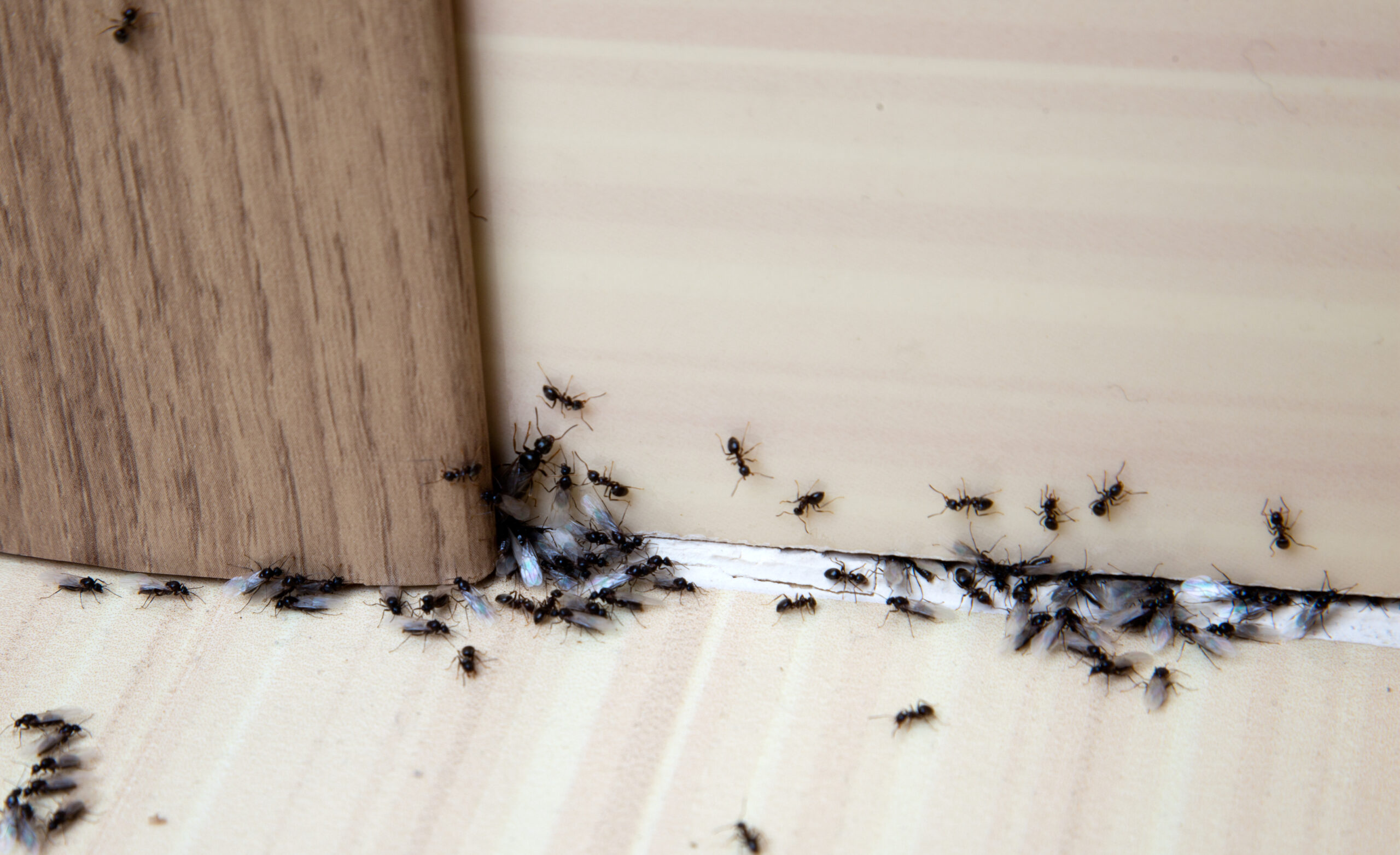Noticing ants on your kitchen counter or a spider darting across the floor? If pests keep showing up no matter how many you squash or sweep away, the real issue might be right under your feet. Tiny cracks in your home’s foundation can serve as hidden entry points, giving insects and even rodents easy access to your living space. For homeowners in Goldsboro, Pink Hill, and nearby North Carolina communities, this is a common but often overlooked problem.
At Impact Crawlspace, we specialize in sealing these weak spots before they turn into full-blown infestations. Small cracks may not seem like much, but they’re an open invitation for pests searching for food, water, and shelter. Effective foundation repair isn’t just about structural integrity—it’s also one of the best ways to keep your home pest-free. Understanding and addressing these entry points is the first step to protecting your home and your peace of mind.
Why Your Foundation is a Superhighway for Pests
It’s easy to overlook a small crack in your concrete foundation. But for a bug or a mouse, that hairline fracture is a wide-open invitation for pest entry. Pests are constantly looking for three things: food, water, and shelter, and these cracks provide easy access to all three.
Foundation cracks give them a protected path from the harsh outdoors into the stable environment of your walls, basement, or crawl space. Factors like poor construction or shifting soil can make these cracks worse over time. These issues can lead to persistent pest problems that are difficult to control.
Moisture around your home’s exterior makes this problem even worse. Wet soil can soften the area around your foundation, making it easier for pests to burrow and exploit existing weaknesses in various foundation materials. This moisture and the resulting pest intrusion can eventually lead to costly repairs.
Common Pests Sneaking Through Your Foundation
You might be surprised by what can fit through a tiny gap. Many common pests use these foundation cracks for different reasons. Knowing what you’re up against helps you understand the urgency of the problem and the potential health risks involved.
| Pest | Entry Point Size | Risks and Damage |
|---|---|---|
| Ants | Hairline cracks | Contaminate food sources and can cause structural damage (carpenter ants). |
| Spiders | Small openings | Create webs and can be a nuisance. Some species are venomous. |
| Rodents (Mice and Rats) | Dime-sized (mice) to quarter-sized (rats) | Pose serious health risks, destroy insulation, and chew electrical wires. |
| Cockroaches | Very small gaps | Spread bacteria, trigger allergies, and contaminate surfaces. |
| Termites | Gaps as small as 1/32 of an inch | Cause billions in structural damage by eating wooden structures. |
Ants
Ants are incredible explorers who quickly establish a common pest entry route. A single scout can find a tiny crack and lay down a chemical trail for the rest of the colony to follow. Before you know it, you have a constant stream of ants leading straight to your pantry.
Spiders
Where other bugs go, spiders are sure to follow, creating a persistent pest problem. They aren’t usually interested in your food, but they’re very interested in the ants and other insects that have found their way inside. Foundation cracks give them a hidden entry to set up their webs.
Rodents
This one surprises most homeowners. A mouse can squeeze through a hole the size of a dime, and a rat can get through a quarter-sized opening. Once they enter homes, they can chew through wires, destroy insulation, and contaminate your food sources.
Cockroaches
Cockroaches love dark, damp places, and cracks in a foundation wall near moist soil provide ideal entry points. Their flat bodies allow them to slip through impossibly small spaces. They then find shelter and breed inside your home, posing significant health risks.
Termites
Termites are perhaps the most serious threat, representing a class of wood-destroying pests. These pests cause billions of dollars in structural damage to homes each year. They use foundation gaps to get to the wooden structures of your home, eating away at it from the inside out.
Simple Steps To Block Pests at the Foundation Level
The good news is that you can fight back with effective prevention strategies. Sealing these entry points is the cornerstone of lasting pest prevention. Here are some simple but powerful steps you can take to reduce pest access.
- Inspect Your Foundation Regularly
At least twice a year, regularly inspect your home’s foundation. Look closely at the exterior walls for cracks or gaps, especially where utility pipes or wires enter the home. Don’t dismiss any opening as too small to be a problem. - Seal Every Gap You Find
Use high-quality caulk or concrete patch filler to seal any cracks you discover. For larger gaps, expanding foam sealant can work well to close off potential entry for pests. Sealing cracks is one of the most effective ways to prevent pest intrusion. - Manage Your Landscaping
Keep a clear zone around your foundation, as landscaping can provide shelter for pests. We recommend keeping soil and wood mulch at least 6 inches away from the foundation walls. Overhanging tree branches should also be trimmed back so they don’t provide a bridge for pests to your roof. - Fix Drainage Problems
Make sure your gutters and downspouts are clean and direct water far away from your foundation. Standing water attracts pests and can cause water damage over time, which weakens foundation materials. This makes it easier for critters to get in. - Check All Access Points
While inspecting your foundation, check other common entry points. Make sure you have tight-fitting door sweeps and weather stripping on doors and windows. These small fixes can create a very effective barrier against pests. - Store Items Wisely
Stack firewood, bricks, and other materials at least 20 feet away from your home. These piles provide ideal homes for rodents and insects, bringing pests closer to your house. They’ll live there until they find a way into your home.
When Do-It-Yourself Isn’t Enough: The Power of Sealing Your Crawl Space
Sometimes you can seal every crack you see and still find pests inside your home. This often means there is a larger, hidden problem. A damp, vented crawl space is frequently a huge magnet for insects and rodents in North Carolina.
In these cases, the ultimate solution is crawl space encapsulation. This involves completely sealing the crawl space with a heavy-duty vapor barrier. It stops moisture from seeping in from the ground, creating dry conditions that are inhospitable to pests.
You should pay special attention to your crawl space because it’s probably out of sight but central to pest control. Professionals specialize in identifying these hidden pest entry points and providing lasting solutions.
Encapsulation does more than just stop bugs. It helps manage indoor humidity, prevents water damage, and makes your home’s temperature more stable. For total protection, some solutions use materials that are also resistant to termites and other wood-destroying pests.
Final Thoughts
Taking the time to regularly inspect for and seal foundation cracks is fundamental to any successful pest control plan. This helps reduce pest issues before they become a full-blown infestation.
From simple sealing cracks to managing your landscaping, these proactive steps make a big difference. For a complete solution to foundation cracks, a sealed and protected crawl space can also give you lasting peace of mind. You can finally stop wondering how pests enter and start enjoying your home.


